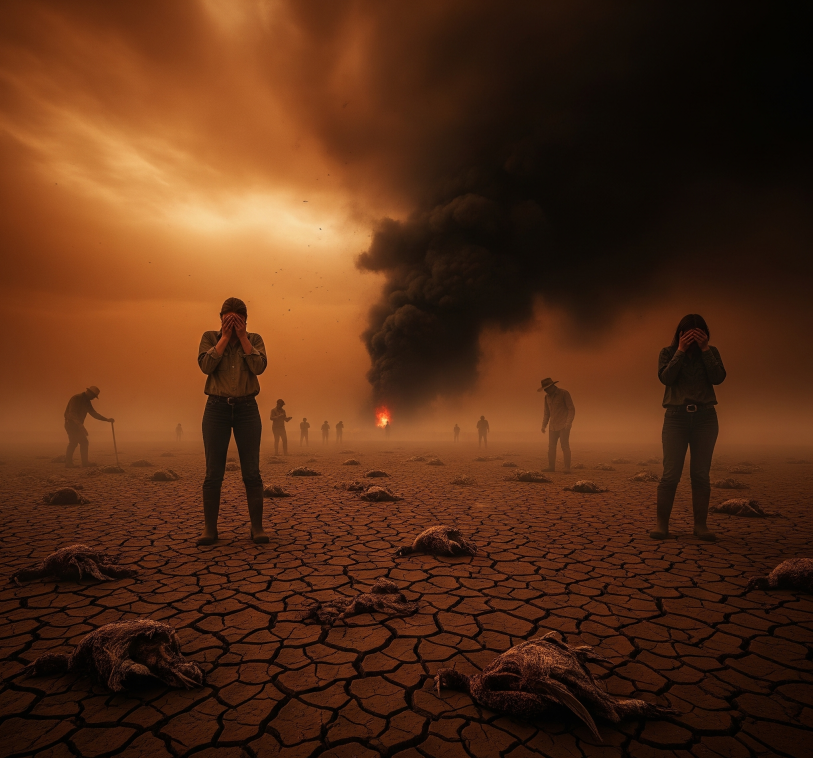
Newsletter Subscribe
Enter your email address below and subscribe to our newsletter

Enter your email address below and subscribe to our newsletter

In late 1944 and early 1945, eastern Australia was engulfed by a terrifying and unexplained phenomenon—the Black Mist. This thick, noxious fog swept across regions of New South Wales and Queensland, killing thousands of birds, sickening livestock, and leaving humans with severe respiratory distress. Even decades later, the event remains one of Australia’s most enigmatic environmental disasters, shrouded in wartime secrecy and scientific debate.
Residents described the mist as an unnatural, suffocating haze that blotted out the sun, turning day into night. Birds dropped dead from the sky mid-flight, cattle collapsed in fields, and people reported burning eyes, violent coughing fits, and nausea. Some feared it was a chemical weapon attack—Australia was on high alert during World War II—while others believed it was a biblical plague.
Scientists have since proposed several theories:
Hospitals saw a surge in patients with respiratory distress, headaches, and vomiting. Many survivors reported long-term lung damage, though wartime record-keeping was sparse. The mist’s rapid dispersal left few official investigations, deepening the mystery.
The Black Mist remains one of Australia’s most haunting natural (or man-made?) disasters. Was it a freak weather event, a toxic dust storm, or something more sinister? Without definitive answers, it stands as a chilling reminder of nature’s—and humanity’s—potential for destruction.
What do you think caused the Black Mist? Could it happen again? Share your thoughts below!